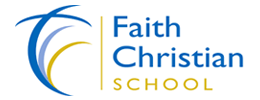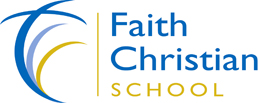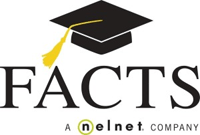Our 2nd Annual Giving Tuesday Campaign was a HUGE SUCCESS!
Thank You! Faith Christian School would like to give a big THANK YOU to everyone that participated in our second #GivingTuesday campaign Shocking Creativity: AEDs and 3D Printers.
Praise the Lord we exceeded our Goal! Total funds donated between online donations and checks was $7,393.
Thank you for your generosity and helping us spread the word. We reached our goal which will allow us to purchase two AEDs and two 3D printers for our school.
Shocking Creativity: AEDs and 3D Printers
Second Annual Faith Christian School GIVING TUESDAY Campaign
Project #1: Purchase two AEDs one to be placed at North Campus for public use and a second portable AED for our home sports games.
According to the American Heart Association’s latest figures, 7,037 children die from cardiac arrest each year. When you consider that most American children spend between 175 and 180 days in school each year and receive between 900 and 1,000 hours of instructional time per year it’s critically important for our school to have AEDs readily available.
The American College of Cardiology notes that, “The most important contributing factor for survival of sudden cardiac arrest is the time from collapse to defibrillation. Survival decreases 10% every minute until a shock is applied.” Studies indicate that students without any prior CPR or AED training can accurately use an AED as directed. AEDs are, by design, easy to use. By following an AED’s simple, clear voice prompts, bystanders can perform the crucial steps that can save a life.
Project #2: **Purchase two 3D Printers and accessories to enhance our STEAM curriculum.**
3D printing technology has the ability to transform a classroom. FCS teachers could use 3D printing to complement Science, Technology, Engineering, the Arts and Math (STEAM) education and to integrate technology into non-tech related disciplines, such as history and language arts.
Here are just a few examples of how schools and students can use a 3D printer in the classroom:
• History students can print out historical artifacts to examine
• Graphic Design students can print out 3D versions of their artwork
• Geography students can print out topography, demographic, or population maps
• Chemistry students can print out 3D models of molecules
• Biology students can print out cells, viruses, organs, and other biological artifacts
• Math students can print out 3D models of problems to solve
These are some of the ways 3D printing technology is bridging the gap between the physical and the digital worlds. 3D printing provides students with opportunities to experiment with ideas, expanding and growing their creativity. A visual learning environment improves their understanding of the world. It’s an incredibly powerful experience for kids to design an object, watch it print, and then hold it in their hands.




